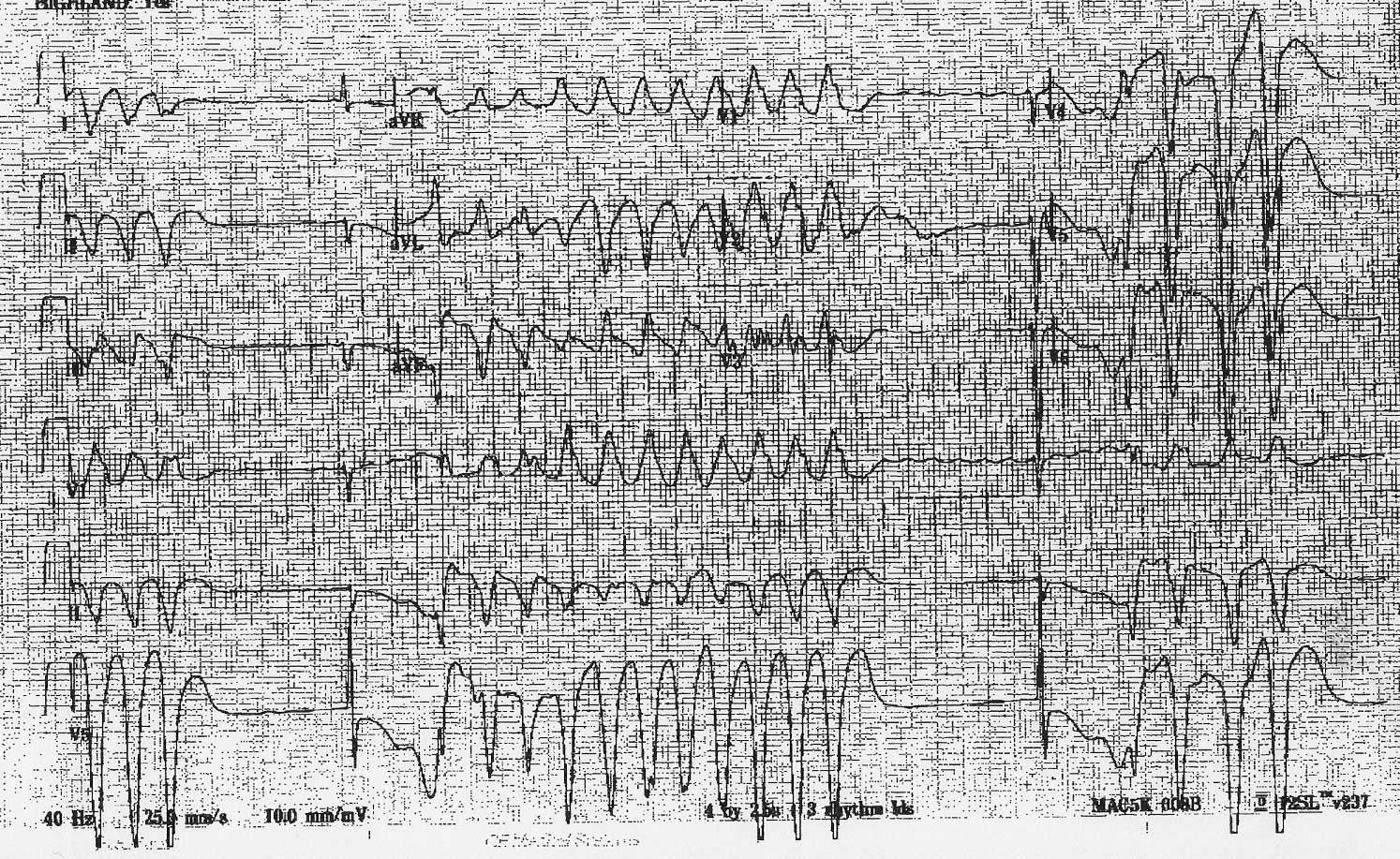I just got back from dinner, turned on my laptop, checked my e-mail and was treated to this simplistic, idealistic
take on alternative medicine as the cure-all for our health care crisis (and for coronary heart disease in particular) by none other than our now infamous promoters of preventing all that ails us: Deepak Chopra, Dean Ornish, Rustum Roy and Andrew Weil. I don't know how I missed this.
In a near breathless twist of of statistics, dripping with such cynicism it would make one's head spin, we hear:
The choices are especially clear in cardiology. In 2006, for example, according to data provided by the American Heart Association, 1.3 million coronary angioplasty procedures were performed at an average cost of $48,399 each, or more than $60 billion; and 448,000 coronary bypass operations were performed at a cost of $99,743 each, or more than $44 billion. In other words, Americans spent more than $100 billion in 2006 for these two procedures alone.
Despite these costs, a randomized controlled trial published in April 2007 in The New England Journal of Medicine found that angioplasties and stents do not prolong life or even prevent heart attacks in stable patients (i.e., 95% of those who receive them). Coronary bypass surgery prolongs life in less than 3% of patients who receive it. So, Medicare and other insurers and individuals pay billions for surgical procedures like angioplasty and bypass surgery that are usually dangerous, invasive, expensive and largely ineffective.
While there are clearly patients who have received unnecessary angioplasty (and likely bypass) procedures, the authors conveniently fail to mention the benefits these procedures provide for patients suffering from angina pectoris and exertional dyspnea from ischemic coronary disease. Angioplasties and bypass are often not performed to "prevent heart attacks" or "prolong life" but rather to
relieve symptoms.
The authors also discuss the INTERHEART trial, a case-control trial which evaluated risk factors in 15,152 incident cases of acute MI and 14,820 controls matched by age (± 5 years) and sex but with no history of heart disease from self-reported
survey data, chart reviews, and a single physical exam and blood collection before discharge. Unfortunately, only 12,461 of the MI cases and 9459 controls were analyzed (that's right, over one third of controls were lost to follow-up).
Now, (who knew?) the heart attack patients were more likely to have larger abdominal girth, smoke, have a higher apoB/apoA1 ratio, have diabetes, and be stressed. Okay, I'll agree they found a statistical correlation.
But then they make some audacious claims: like if everyone just ate vegetables, stopped smoking, fixed their lipids, rid themselves of their diabetes and lost weight, 90% of heart disease could be prevented!!!!!
What the...?
Heelllllooooo! Anybody home? What does a case control study say anything about cause and effect?
Simply put: absolutely nothing.
The INTERHEART trial's design to determine outcome effect of the correlations was limited in every type of major research bias going: selection bias (including referral bias and non-respondent bias), measurement bias (self-reported questionnaires, memory bias), and intervention bias (contamination bias, timing bias, compliance bias, and very likely proficiency bias from multiple countries performing the evaluation). The audacity to suggest that changing lifesyles would affect the outcome of coronary disease to such an extent (90%) based on this single trial is clearly overreaching and outright dishonest.
A case in point: when the all-knowing Ornish's own diet was
compared head-to-head on a prospective, randomized basis to the several others, it was not superior for weight loss or cholesterol lowering. So if their diet had limitations, what does this say about it's effects on preventing heart disease?
But the voodoo doesn't stop there:
Integrative medicine approaches such as plant-based diets, yoga, meditation and psychosocial support may stop or even reverse the progression of coronary heart disease, diabetes, hypertension, prostate cancer, obesity, hypercholesterolemia and other chronic conditions.
Prostate cancer? Are they serious?
But alas, they are. So serious in fact that they never seem to find it in their hearts to discuss all the
interactions that can occur between their herbal concoctions and supplements and conventional medications. (You mean there can be problems with herbs? Say it ain't so!)
But then, there might be an ulterior motive to promoting this approach, like
this or
this.
But the real reason for this opinion piece was placed in the
Wall Street Journal?
These approaches emphasize both personal responsibility and the opportunity to make affordable, quality health care available to those who most need it. Mr. Obama should make them an integral part of his health plan as soon as possible.
These guys know the government is looking to cut costs, and (fortunately and correctly)
their workshop will be first to suffer the fall of the axe.
-Wes






